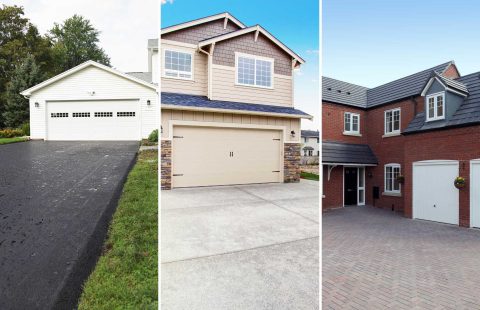Are you contemplating automating your home’s lighting system? You can get it done by installing smart bulbs or smart switches. Smart home lighting is convenient and appealing allowing for flexibility and control. However, smart bulbs and smart switches have their benefits and drawbacks.
Smart Bulbs
Smart bulbs are the easiest and fastest way to transform your home into a smart home. Smart bulbs come in different colors and you can adjust brightness to your wish. You can set one bulb brighter than the other. Smart bulbs can be controlled from your smartphone through special apps (e.g. iConnectHue) made for the purpose via Wi-Fi.
Benefits of Smart Bulbs
- Setting up smart bulbs is relatively easier than installing smart switches. Besides, a bulb can be moved to a new fixture without any setup procedure.
- Smart bulbs are more flexible when paired with switches such as the hue dimmer switch – they can be switched on and off like a regular light switch.
- Smart bulbs work efficiently with a voice control or assistants such as Alexa, The Amazon Echo, and Siri.
Drawbacks of Smart Bulbs
- Most smart bulbs are A-shape with standard size E-shape screw-in bases that are not compatible with all fixtures.
- Smart bulbs, in most cases, buzz and flicker when connected to an in-wall dimmer switch.
- Smart bulbs will not work is the light is switched off.
Related Article: Get Your Feet Wet in Home Automation with Smart Bulbs
Smart Switches
Smart switches offer a smart or automatic control of the lighting system from a smart device. Whether switched on or off, the light works according to the programmed events. Smart switches cannot with any fixture because they require a specific wiring.
Benefits of Smart Switches
- Smart switches can use either Wi-Fi or ZigBee and pair directly with the home network or your smartphone.
- Smart switches allow you to use any bulb you want with regard to shape, size or style that are not compatible with smart bulbs.
- Scheduled lighting changes will still run even when the switch is turned off.
- Most smart switches have built-in smart dimming capabilities.
- Smart switches work with voice assistants such as Alexa, The Amazon Echo, and Siri.
Drawbacks of Smart Switches
- A smart switch is not flexible, in that, it can only control the lights that are wired to it.
- Smart switches are costlier than smart bulbs and are cost-intensive to scale up.
- Installation is a little complex requiring a different wiring from the traditional system.
- Installing and re-wiring of the system have to be repeated before moving the switch to a different fixture.
- It is not cost-effective to scale up like smart bulbs.
Related Article: The Advantages and Disadvantages of Buying a New Home vs an Existing Home
Finally, when deciding to install smart bulbs or smart switches in your smart home, consider cost, installation requirements, scalability, your budget, and preferences.





